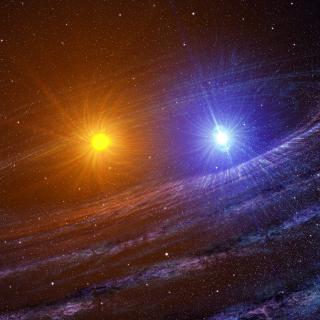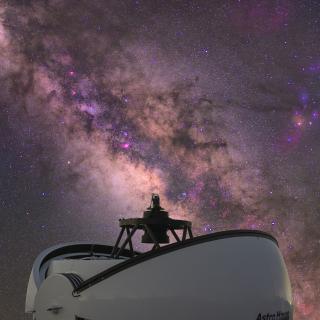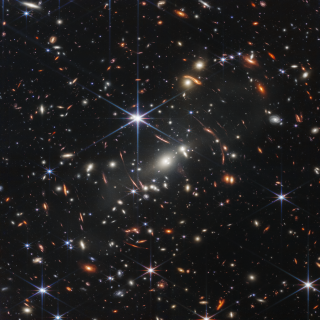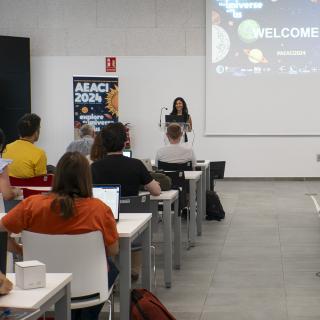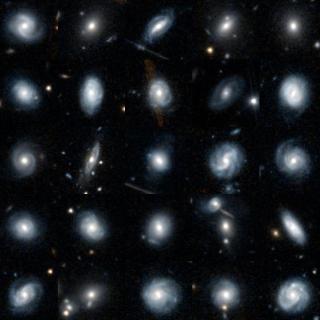
A new citizen science project launched today by the European Space Agency (ESA) and the Euclid Consortium, in collaboration with the Zooniverse platform, will enable volunteers from around the world to identify the shapes of millions of galaxies in images taken by ESA's Euclid space telescope. The aim of the initiative is to train deep AI neural networks to build the largest morphology catalogue to date. In November 2023 and May 2024, the world got its first glimpse at the quality of Euclid’s images, targeting a variety of sources, from nearby nebulas to distant clusters of galaxies. And
Advertised on

